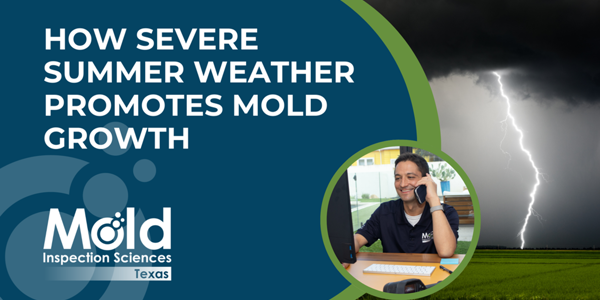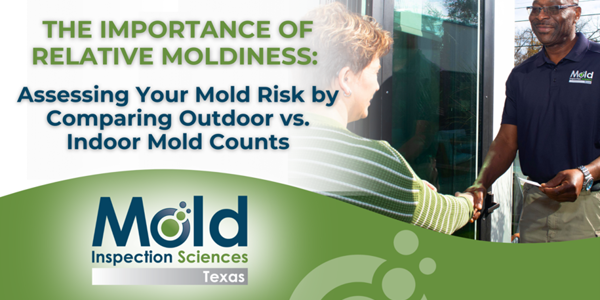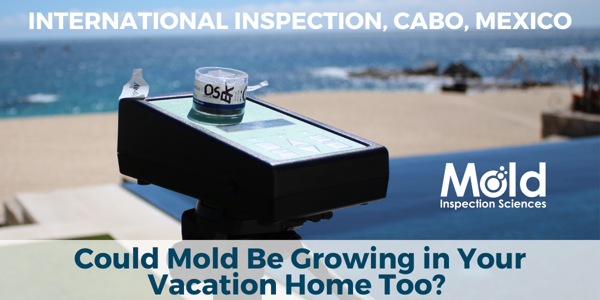Protecting Your Home from Summer Humidity
Mold Prevention Strategies Every Homeowner Should Know
Ah, summer! The season of warmth and longer days also brings an unwelcome guest: increased humidity. This rise in moisture creates the ideal environment for mold to thrive, which, if left unchecked, can lead to significant health risks and structural damage. Understanding the connection between summer humidity and mold growth, along with the effective strategies to combat it, is essential for maintaining a healthy home environment.


The Relationship Between Humidity and Mold Growth
Mold thrives in environments where moisture is abundant. During the summer, higher temperatures and increased humidity create the perfect conditions for mold to grow and spread. The connection between humidity and mold is straightforward: the more water vapor there is in the air, the easier it is for mold spores to absorb moisture and start growing.
Have you ever noticed that mold problems seem to worsen after a storm? That's no coincidence. The sudden spike in humidity following a storm provides mold with exactly what it needs to flourish.
Temperature also plays a crucial role in this equation. While mold can grow in broad temperatures ranging from 40°F to 100°F, most mold species prefer temperatures between 70°F and 90°F—typical summertime conditions. Consistently warm temperatures during the summer months accelerate the metabolic processes of mold, leading to faster growth and reproduction. This is why the combination of summer heat and humidity can quickly turn a minor mold issue into a significant problem.
The Role of Relative Humidity
Relative humidity (RH), not to be confused with relative moldiness, is a critical factor in mold growth. RH measures the amount of moisture in the air relative to the maximum moisture the air can hold at a specific temperature. When RH levels reach 60% or higher, the environment becomes ripe for mold growth. This situation is especially common during summer months when RH levels soar, particularly in regions with naturally high humidity.
Elevated RH not only saturates the air with moisture but can also lead to condensation on cooler surfaces. Mold spores, needing only a food source, moisture, and the right temperature, can easily take hold on these surfaces. When a cold surface like a basement wall or attic floor is exposed to humid air, it becomes a prime location for mold colonization.

A common scenario is homeowners leaving their air conditioners running while they're away for an extended period, only to return and find mold flourishing in these cooler, less ventilated areas. The combination of sustained cool temperatures from the air conditioning and the presence of humidity creates a haven for mold growth.
Common Areas for Mold Growth
Identifying where mold is likely to grow within your home is crucial for taking proactive measures. Since water is essential for mold growth, areas prone to moisture accumulation are especially vulnerable. Bathrooms and laundry rooms, where water usage is frequent, are prime candidates for mold development. Kitchens, with their constant exposure to water and humidity, and crawl spaces, which often harbor dampness, are also common spots where mold issues can arise.
During the summer, monitoring areas around windows, doors, and any areas of your home that have experienced leaks or flooding is particularly important. If not addressed promptly, these areas can trap moisture, creating the ideal conditions for mold to flourish. Regular inspections and prompt repairs can prevent these spots from becoming breeding grounds for mold.
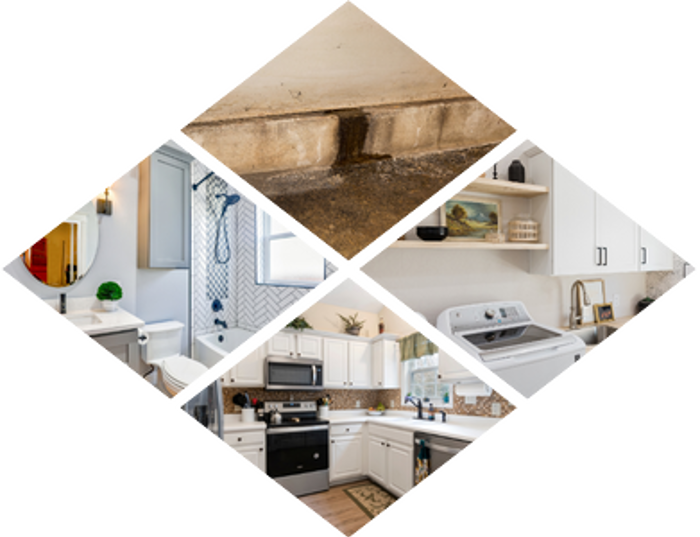
Where to Look and What Questions to Ask

Download our infographic Buying a New Home? Here’s How to Check for Mold Before It’s Too Late to help you understand where to look and what questions to ask when doing a property walk through.
Effective Strategies to Combat Mold Growth
Ready to tackle mold head-on? Here are some effective strategies to keep mold at bay, especially during the humid summer months:
1. Control Indoor Humidity: Keep indoor humidity levels below 60% by using dehumidifiers, particularly in damp areas like basements and bathrooms. Air conditioners also help reduce humidity by cooling the air and removing excess moisture, which is crucial during the warmer months.
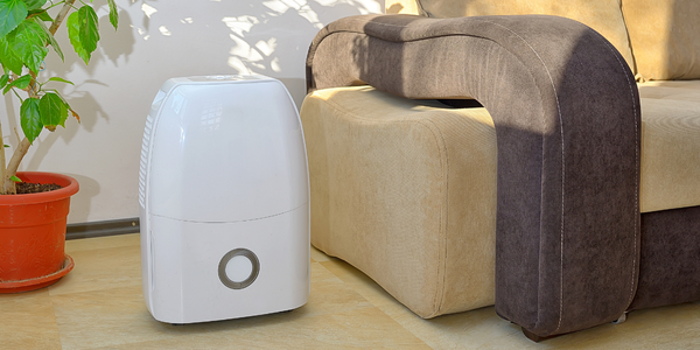
2. Improve Ventilation: Ensure your home is well-ventilated, especially in areas where moisture accumulates. Use exhaust fans in bathrooms and kitchens to expel moisture-laden air and consider installing additional ventilation in attics and crawl spaces. Whenever possible, open windows and doors to improve air circulation.
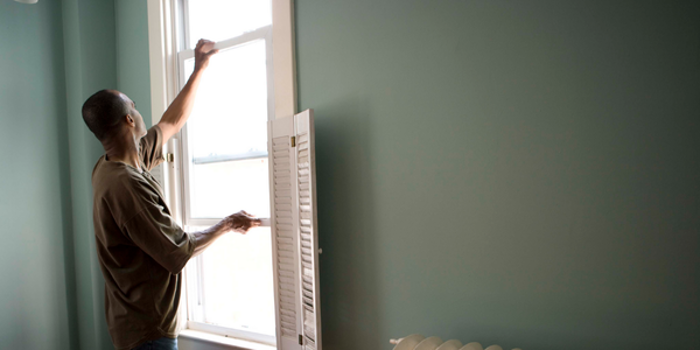
3. Fix Leaks Promptly: Address leaks immediately, no matter how small. Even a minor leak can lead to significant moisture buildup, creating the perfect environment for mold to grow. Regularly inspect plumbing, roofs, and windows for any signs of leaks.

4. Routine Cleaning: Regularly clean areas prone to excess moisture, such as bathrooms, kitchens, and laundry rooms. Use mold-killing cleaners in damp places to keep these spaces dry after use. Don’t forget to clean hidden areas as well, like the spaces behind appliances or under sinks.
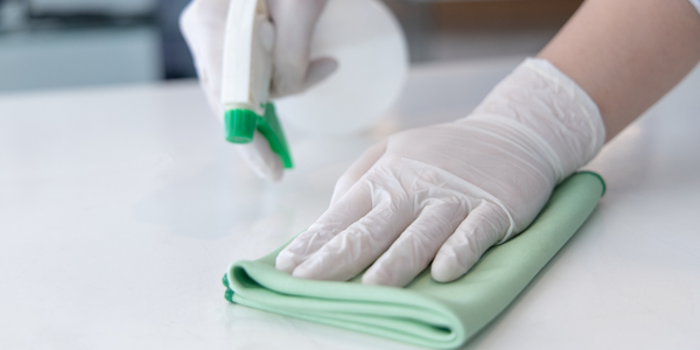
5. Monitor and Maintain HVAC Systems: Keep your HVAC system in top condition to help prevent mold spores from circulating throughout your home. Clean and replace filters regularly, and have your system inspected annually to ensure it’s functioning properly. Consider adding an HVAC UV light, which can help kill mold spores in the system.

6. Identify Problem Areas: Regularly check hidden and less frequented areas, like attics, basements, and gaps behind furniture, for any signs of mold or moisture buildup. These areas can often be overlooked, allowing mold to grow undetected.

7. Preventative Maintenance: Routine home maintenance is key to preventing mold growth. Regularly inspect and clean gutters to prevent water damage, which can contribute to mold growth. Ensure that downspouts direct water away from your home’s foundation to reduce the risk of basement flooding.
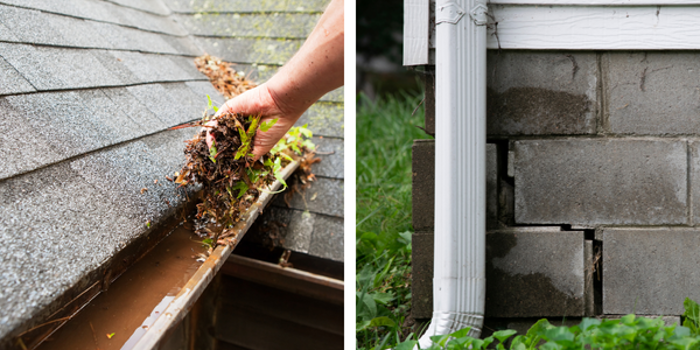

Summer humidity can significantly increase the risk of mold growth in homes, making regular maintenance, prompt repairs, and professional intervention crucial for maintaining a healthy living environment. While the strategies we've discussed are excellent for preventing mold, it's essential to recognize that once mold has taken hold, handling it yourself can be both challenging and risky.
Mold can spread quickly, and attempting to remove it without the right knowledge or equipment can worsen the problem and even pose health risks. If you notice any signs of mold or suspect there is a mold issue in your home, don’t wait. Contact a professional mold inspection company like Mold Inspection Sciences to thoroughly assess the situation and provide expert guidance on remediation.
Taking proactive steps now can save you from more significant problems down the road, ensuring your home remains a safe and healthy space for you and your family.
If you suspect that there may be mold present in your home — or you have questions about what to look for and what comes next. We’re here to help.

Call us on 1.888.335.6653 or send us email at [email protected]
You can also find more information about our CIRS Protocol and qPCR testing here.

